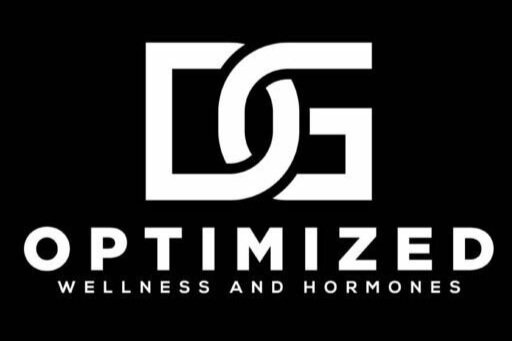Hormone Therapy: Impact on Heart and Vasculature
In an effort to continue providing information on how and why this works, today we are explaining what happens to the vessels themselves in response to HRT. The influence of hormones on our bodily functions is well-established, yet the details of these effects continue to intrigue and puzzle researchers. One such hormone, androgen, plays a particularly significant role in the cardiovascular health of menopausal women. But how exactly do androgens influence cardiovascular aging? Let's dive into the details.
Androgen Receptors and Cardiovascular Tissues
1. Vascular Tissues: Within the cardiovascular system, androgen receptors (ARs) have been identified in various locations. For instance, they're found in the endothelial cells and smooth muscle cells that comprise our blood vessels. These receptors are not just passive observers; they actively influence vascular function. When ARs in endothelial cells are activated, they play a pivotal role in regulating vasodilation and other endothelial functions. They also can modify the release of endothelium-derived vasodilators like nitric oxide (NO), subsequently affecting vascular tone. Additionally, their presence in smooth muscle cells hints at their role in maintaining the integrity and functionality of blood vessels, influencing factors such as vascular tone and remodeling.
2. Cardiac Tissues: Similarly, in the heart's realm, ARs are present in cardiac myocytes. These cells, responsible for the rhythmic contractions and relaxations of our heart, are influenced by androgens. They can affect the force and speed of these contractions and play a role in the intricate process of calcium handling in these cells. This directly affects cardiac excitation-contraction coupling. Beyond this, androgens influence gene expression, dictating the synthesis of essential proteins involved in cardiac functions.
Cellular Mechanisms: The How of Androgen's Influence
1. Vascular Function: Androgens operate through multiple pathways to modulate vascular function. They have a role in enhancing the production of endothelial nitric oxide and can also influence vasoactive substances. Additionally, they play a part in the expression of genes associated with vascular remodeling and inflammation.
2. Inflammation and Oxidative Stress: On the inflammation front, androgens show anti-inflammatory characteristics. They can curb the production of certain pro-inflammatory cytokines and have a role in maintaining a healthy oxidative balance within the cardiovascular system.
3. Metabolism and Lipid Regulation: The role of androgens extends to lipid metabolism and homeostasis. They dictate the expression of genes crucial for lipid synthesis, transport, and overall metabolism. Their influence also extends to adipocyte function, impacting factors like adipocyte size and secretion patterns. This has ramifications for changes in lipid profiles, affecting factors like cholesterol levels and body composition.
Interplay of Androgens with Other Hormones
The dance of hormones in our body is intricate, and the balance between estrogen and androgens is a testament to this. While estrogen is often linked to positive effects on cardiovascular health, androgens play a more intricate game with both positive and negative effects. Menopause, characterized by shifts in these hormonal levels, often leads to cardiovascular changes.
Moreover, the receptors of these hormones, estrogen and androgen receptors, don't operate in silos. They influence one another, potentially cross-regulating their effects on cardiovascular tissues. Beyond these two, other hormones like progesterone and insulin also come into the picture, modulating and interacting with estrogen and androgen pathways.
In Conclusion
The cardiovascular health landscape, especially in menopausal women, is deeply intertwined with hormonal changes. Understanding the delicate balance and interactions between androgens, estrogens, and other hormones is vital to grasp the multifaceted effects of hormonal shifts on cardiovascular aging.
2023 Raj et al. Cureus 15(8): e43569. DOI 10.7759/cureus.43569
Future research promises to shed more light on these complex interactions, giving us deeper insights into their impact on overall cardiovascular health. What we can tell you is that over time, BHRT leads to improvement in metabolic parameters including glucose, insulin, and cholesterol. Your health is paramount and we want to help you optimize your health while improving how you feel. Jason & Rita...aka Dr. De Leon and Dr. Gillespie
